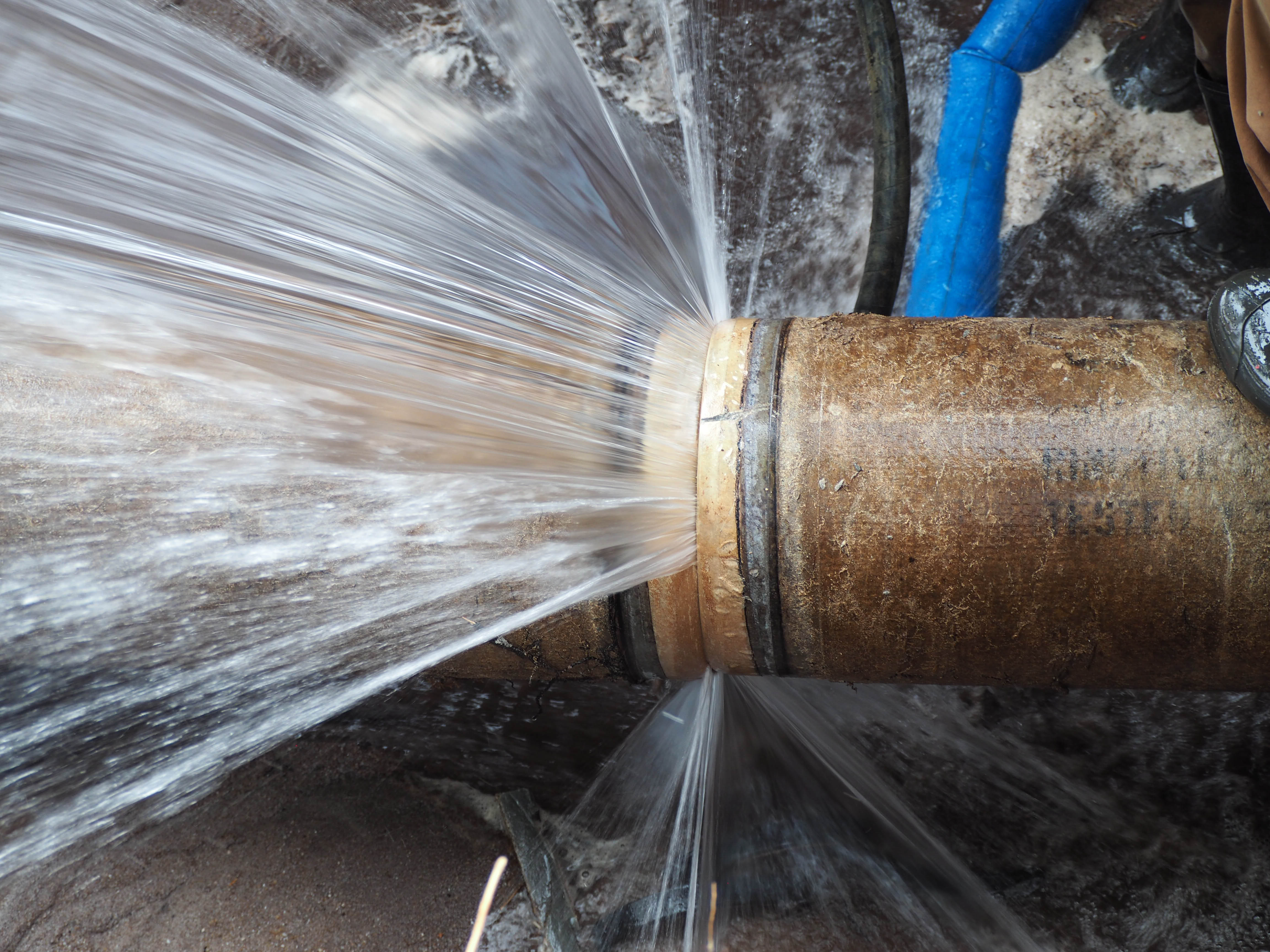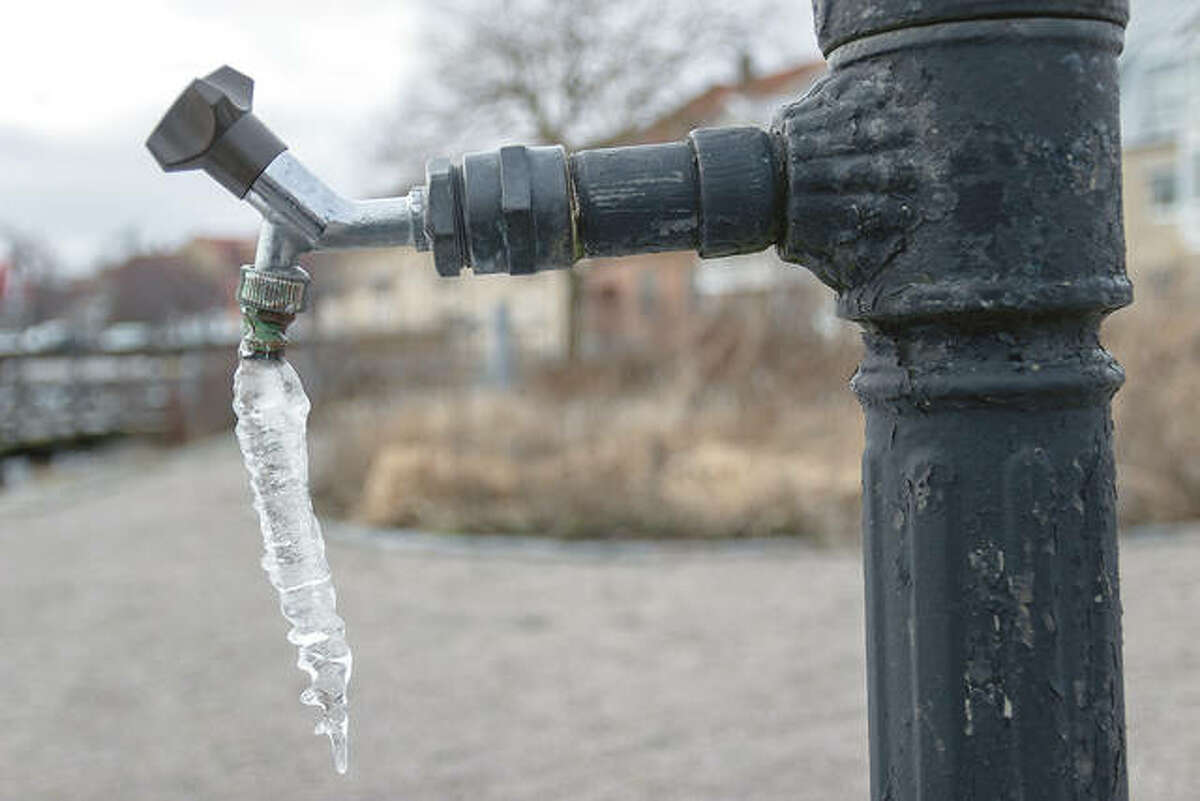Avoiding Pipes from Freezing: Best Tips
Avoiding Pipes from Freezing: Best Tips
Blog Article
We have stumbled upon the article on Preventing and dealing with frozen pipes directly below on the web and accepted it made sense to share it with you here.

Winter can wreak havoc on your pipes, specifically by freezing pipes. Here's how to prevent it from happening and what to do if it does.
Intro
As temperature levels decline, the danger of frozen pipes increases, possibly causing expensive repair work and water damage. Recognizing exactly how to prevent icy pipes is essential for homeowners in cool climates.
Recognizing Frozen Pipelines
What triggers pipelines to ice up?
Pipes ice up when subjected to temperature levels below 32 ° F (0 ° C) for expanded periods. As water inside the pipes ices up, it expands, putting pressure on the pipeline walls and potentially creating them to burst.
Dangers and problems
Icy pipes can result in water system disturbances, residential property damages, and pricey repairs. Burst pipes can flood homes and cause substantial architectural damages.
Indicators of Frozen Piping
Recognizing icy pipes early can avoid them from bursting.
Just how to recognize frozen pipelines
Seek reduced water circulation from taps, uncommon odors or noises from pipelines, and visible frost on subjected pipes.
Avoidance Tips
Shielding susceptible pipes
Cover pipelines in insulation sleeves or utilize heat tape to protect them from freezing temperatures. Concentrate on pipelines in unheated or outside areas of the home.
Home heating strategies
Maintain interior rooms adequately heated, particularly areas with pipes. Open up closet doors to enable warm air to circulate around pipes under sinks.
Shielding Outside Plumbing
Garden hoses and outdoor taps
Detach and drain garden pipes prior to winter season. Set up frost-proof spigots or cover outdoor faucets with shielded caps.
What to Do If Your Pipelines Freeze
Immediate actions to take
If you presume icy pipes, keep taps available to alleviate stress as the ice thaws. Use a hairdryer or towels soaked in hot water to thaw pipelines slowly.
Long-Term Solutions
Structural adjustments
Take into consideration rerouting pipelines far from exterior walls or unheated locations. Include added insulation to attic rooms, basements, and crawl spaces.
Upgrading insulation
Buy high-quality insulation for pipelines, attics, and wall surfaces. Appropriate insulation helps keep constant temperatures and lowers the risk of icy pipes.
Verdict
Protecting against frozen pipelines requires positive measures and quick feedbacks. By comprehending the reasons, signs, and preventive measures, home owners can safeguard their pipes throughout cold weather.
6 Proven Ways to Prevent Frozen Pipes and Protect Your Home
Disconnect and Drain Garden Hoses
Before winter arrives, start by disconnecting your garden hoses and draining any remaining water. Close the shut-off valves that supply outdoor hose bibs and leave the outdoor faucet open to allow any residual water to drain. For extra protection, consider using faucet covers throughout the colder months. It’s also important to drain water from any sprinkler supply lines following the manufacturer’s directions.
Insulate Exposed Pipes
Insulating your pipes is an effective way to prevent freezing. Pipe insulation is readily available at home improvement stores and is relatively inexpensive. Pay close attention to pipes in unheated areas such as the attic, basement, crawl spaces, or garage. Apply foam insulation generously to create a buffer against the cold. You can also wrap your pipes in heat tape or thermostat-controlled heat cables for added warmth.
Seal Air Leaks
Inspect your home for any cracks or openings that could let in cold air. Seal any holes around the piping in interior or exterior walls, as well as the sill plates where your home rests on its foundation. Additionally, make sure to keep your garage door closed unless you’re entering or exiting. Leaving it open creates a significant air leak that can lead to frozen pipes.
Allow Warm Air Circulation
During cold snaps, it’s essential to allow warm air to circulate evenly throughout your home. Leave interior doors ajar to promote better airflow. Open kitchen and bathroom cabinets to help distribute heat consistently around the rooms. If you have small children or pets, be sure to remove any household chemicals or potentially harmful cleaners from open cabinets for safety.
Let Faucets Drip
A small trickle of water can make a big difference in preventing ice formation inside your pipes. When temperatures drop significantly, start a drip of water from all faucets served by exposed pipes. This continuous flow helps prevent the water from freezing. Additionally, running a few faucets slightly can relieve pressure inside the pipes, reducing the chances of a rupture if the water inside does freeze.
https://choateshvac.com/6-proven-ways-to-prevent-frozen-pipes-and-protect-your-home/

We were shown that article about Winter Plumbing Precautions: Preventing Frozen Pipes from a pal on our other domain. Loved our blog posting? Please quickly share it. Let other people discover it. Thank you for going through it.
Schedule A Service Report this page